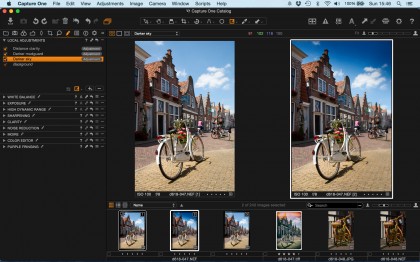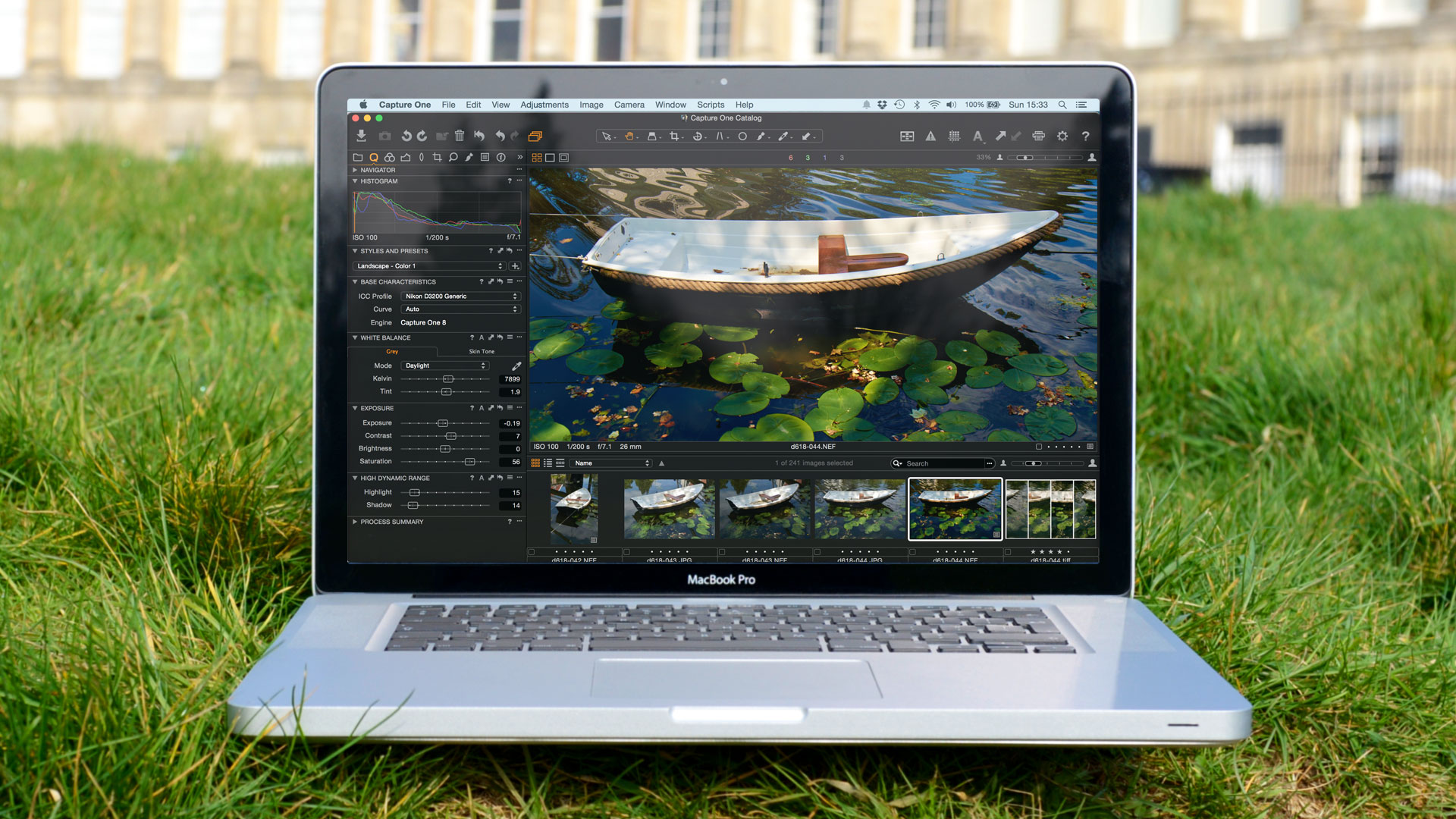TechRadar Verdict
You couldn't use Capture One Pro 8 for all your image-editing, any more than you could Lightroom, but the results are outstanding.
Pros
- +
Rich, intense and detailed raw conversions
- +
Intuitive and powerful adjustment tools
Cons
- -
No support for external editors
- -
More expensive than Lightroom and Optics Pro
Why you can trust TechRadar
Capture One began as a professional 'tethered shooting' studio application, where you control the camera remotely from your computer, but has steadily migrated into mainstream use.
With the addition of full cataloguing tools in version 7, Capture One became a direct rival to Lightroom, offering raw conversions for a wide range of cameras, powerful non-destructive image adjustments, preset 'looks', automatic lens corrections and local adjustments made with its own adjustment layers and masks – an easier approach to grasp than Lightroom's, and powerful too.
Version 8 brings an updated processing engine, and modernised interface (the slider knobs are bigger, but nothing else leaps out), improved HDR tools, better noise and moiré reduction, a speed boost and sundry other improvements.
The basic workflow is the same, though. You import images into the catalog (you can still use Capture One 'sessions' if you want to) and then use a series of tool tabs to adjust Color, Exposure, Lens (corrections), Composition (cropping, straightening, keystone correction), Details (sharpening, noise reduction, grain effect) and batch processing options.
You can rearrange these tabs to suit your workflow, hide the ones you don't want and re-arrange your favourites into a single Q (quick) tab.
Adjustments and Variants

Capture One Pro can adjust selected parts of your images and create 'virtual' Variants with different treatments. You can try out multiple 'looks' without taking up space on your hard disk.
Like Lightroom, Capture One Pro lets you select areas of an image for adjustment, with brush and gradient mask tools. These are simpler to set up, use and manage than they are in Lightroom because each one gets its own 'adjustment layer' – our sample image, above, has three. Note, though, that these are purely internal – they don't exist outside Capture One, and they're not the same as Photoshop's adjustment layers.
A Variant is a 'virtual' copy of an image that exists only within Capture One Pro. Even so, Variants can then be adjusted and managed just as if they were real files. You can use Variants to try out as many different treatments as you like on the same photo to help you decide which works best.
Variants can be processed (exported) in just the same way as real photos. For example, we can make as many different variants as we like of our Dutch street scene, above, and export each one as a separate JPEG or TIFF image with those adjustments applied. This takes up a lot less space than creating real copies of files in a program like Photoshop and, since all Capture One's adjustments are non-destructive, you can re-edit them in Capture One as many times as you like.
Verdict
Capture One Pro is expensive compared to its rivals, so you'll expect the results to be good. In fact, they are more than just good. Capture One Pro can extract exceptional fine detail from your raw files – the difference compared to JPEGs, or even Adobe Camera Raw conversions, can be striking.
It also produces strong, powerful colours and contrast, and extremely good separation of shadow tones. The result is a terrific impression of sharpness, clarity and definition.
But Capture One Pro has a flaw. It does not support external editors or plug-ins, so you can't send an image to Photoshop or Google's Nik Collection plug-ins, for example, and have the edited version returned automatically to the Capture One Catalog. If Phase One were to add this, then Capture One Pro would have 5-star potential.

Rod is an independent photographer and photography journalist with more than 30 years' experience. He's previously worked as Head of Testing for Future’s photography magazines, including Digital Camera, N-Photo, PhotoPlus, Professional Photography, Photography Week and Practical Photoshop, and as Reviews Editor on Digital Camera World.
